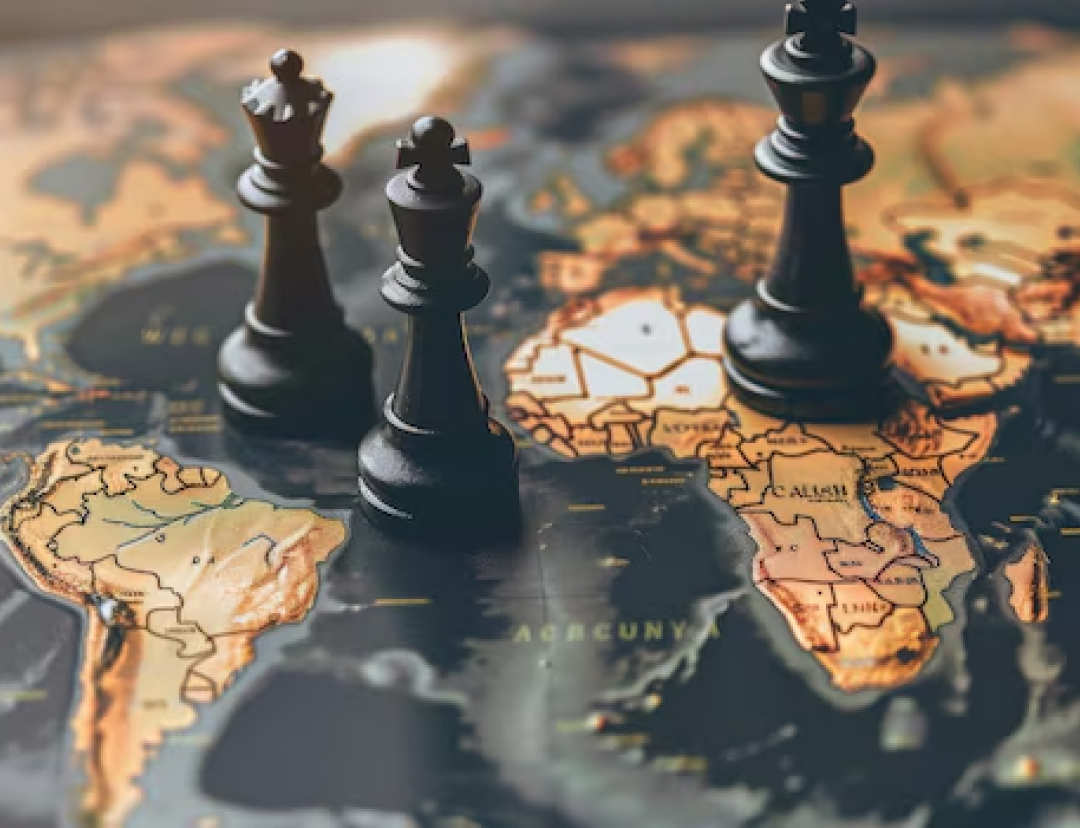Recent media coverage of Hezbollah and Hamas has raised questions about the portrayal of victims and aggressors in the ongoing conflict. A photo essay published by the Associated Press focused on the human impact of Israel's recent military actions against Hezbollah in Lebanon. The piece highlighted the injuries suffered by individuals described as victims, but critics argue it failed to adequately address the context of their actions.
For nearly a year, Hezbollah, a group designated as a terrorist organization and backed by Iran, launched rockets into Israeli territory. This aggression displaced over 60,000 Israeli civilians, forcing them into cramped accommodations. In response to this ongoing threat, Israel conducted a targeted strike on September 17, 2024, using precision weapons to incapacitate Hezbollah operatives and eliminate their leader, Hassan Nasrallah. The operation was aimed at stopping the rocket attacks that had plagued northern Israel.
Despite the context, the AP's coverage portrayed Hezbollah members with severe injuries as tragic figures on a long road to recovery. Critics noted that while the article acknowledged that many interviewees were Hezbollah members or their families, it did not question their involvement in the conflict. Furthermore, the coverage of Israeli victims, including those displaced and injured, was notably absent.
The media's portrayal of the conflict has also been scrutinized for its handling of propaganda. A recent investigation by a German newspaper revealed that Hamas staged images of Gazans appearing to suffer from starvation, which were published by major outlets without verification. This contrasts sharply with the coverage of Israeli hostages, who have been held for over 650 days and are reportedly suffering from severe neglect.
In another instance, the New York Times faced backlash for publishing a photo of a malnourished Gazan child, later admitting the child had a pre-existing condition. Critics argue that such instances create a skewed narrative that favors one side of the conflict while downplaying the suffering of others.
The disparity in coverage raises concerns about bias in reporting. Critics assert that the media's focus on certain narratives can lead to a distorted understanding of the conflict, where the suffering of one group is emphasized while the plight of another is overlooked. This ongoing debate highlights the challenges of accurately reporting on complex international conflicts.

 Canada News
Canada News

 Associated Press US and World News Video
Associated Press US and World News Video Associated Press Top News
Associated Press Top News